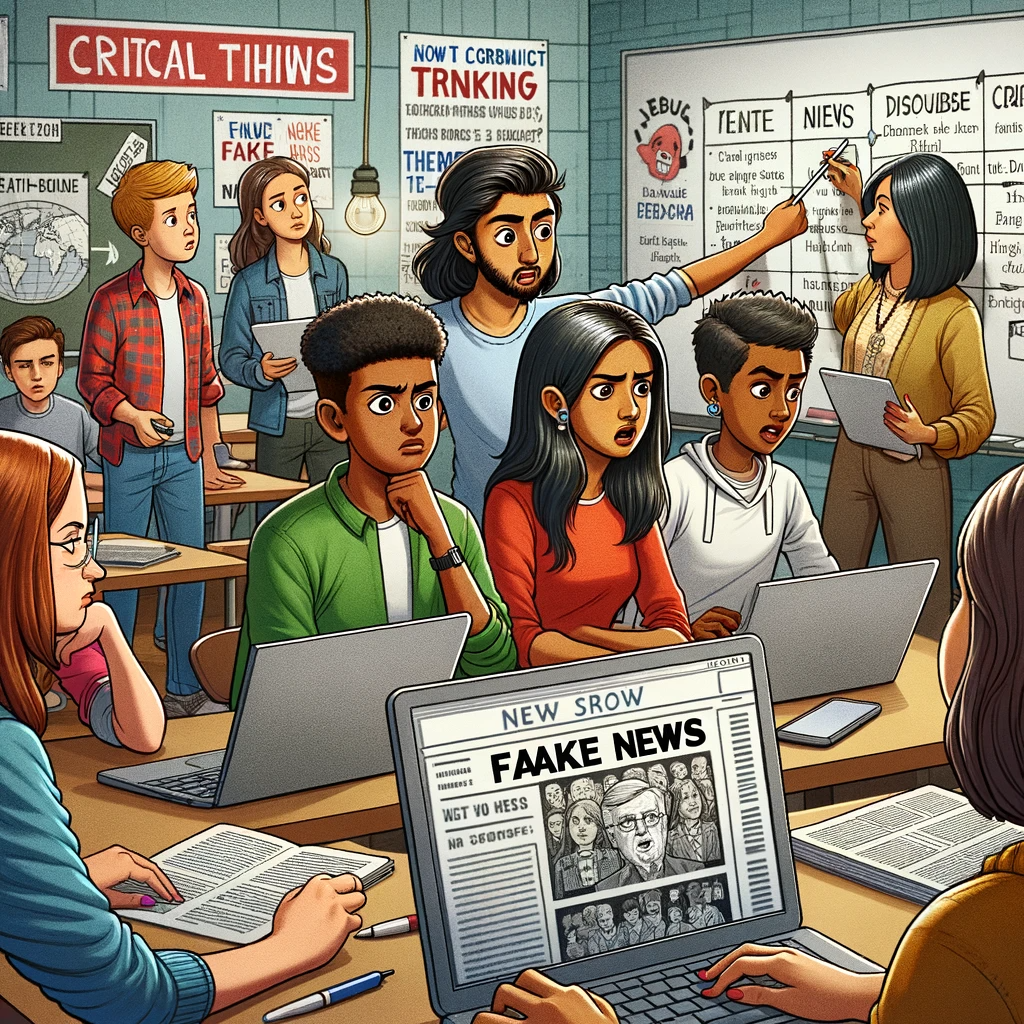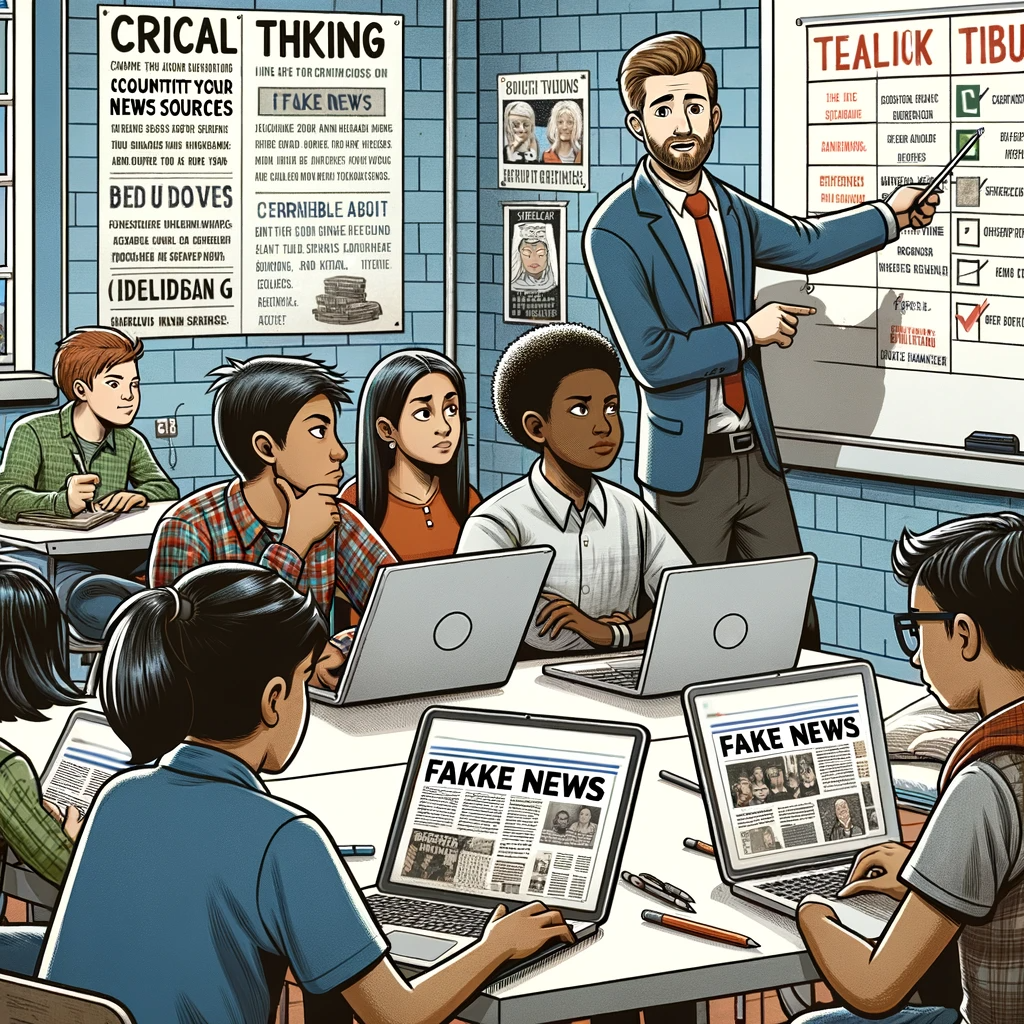
The Rise of Misinformation in Educational Settings
In recent years, the proliferation of fake news has transcended beyond the realms of politics and social media, seeping into the educational environments of schools worldwide. This phenomenon has raised concerns about the impact of misinformation on young minds, prompting educators and policymakers to seek effective strategies to combat its spread.
Understanding the Impact
Fake news can distort students’ understanding of reality, skew their perceptions, and influence their attitudes and behaviors. The implications are far-reaching, affecting not just individual students but the educational system and society at large. Here are some ways fake news can affect the school environment:
- Distortion of historical and scientific facts
- Creation of a polarized classroom environment
- Undermining of trust in authoritative sources
- Encouragement of cynicism and apathy towards critical societal issues

Case Studies and Statistics
Several studies have highlighted the prevalence and impact of fake news in schools. For instance, a Stanford study found that 82% of middle schoolers couldn’t distinguish between real news and sponsored content. Another report by the National Association for Media Literacy Education revealed that students exposed to media literacy education are 26% more likely to discern fake news correctly.
Strategies for Educators
Combatting fake news in schools requires a multifaceted approach. Educators play a crucial role in this battle and can employ various strategies to empower students to navigate the information maze effectively.
- Integrating media literacy into the curriculum
- Encouraging critical thinking and skepticism
- Utilizing fact-checking tools and resources
- Creating a classroom culture of open dialogue and inquiry
Real-World Examples
Innovative programs around the globe are setting precedents in the fight against fake news. For example, the News Literacy Project in the United States partners with educators and journalists to develop resources that help students learn to trust and analyze the news. In Italy, the government has launched a web portal dedicated to educating students about online misinformation.

Conclusion: The Path Forward
The challenge of fake news in schools is daunting but not insurmountable. By fostering an educational atmosphere that values truth, encourages critical analysis, and promotes media literacy, we can equip the next generation with the tools they need to discern fact from fiction. The collective effort of educators, students, parents, and policymakers will be pivotal in ensuring that schools remain bastions of learning and truth.
In conclusion, the fight against fake news in schools is a critical endeavor that requires commitment, creativity, and collaboration. By understanding the impact, leveraging case studies, and implementing effective strategies, educators can lead the charge in cultivating informed and discerning future citizens.




 Disclaimer: "Funded by the European Union. Views and opinions expressed are however those of the author(s) only and do not necessarily reflect those of the European Union or the European Education and Culture Executive Agency (EACEA). Neither the European Union nor EACEA can be held responsible for them."
Disclaimer: "Funded by the European Union. Views and opinions expressed are however those of the author(s) only and do not necessarily reflect those of the European Union or the European Education and Culture Executive Agency (EACEA). Neither the European Union nor EACEA can be held responsible for them."